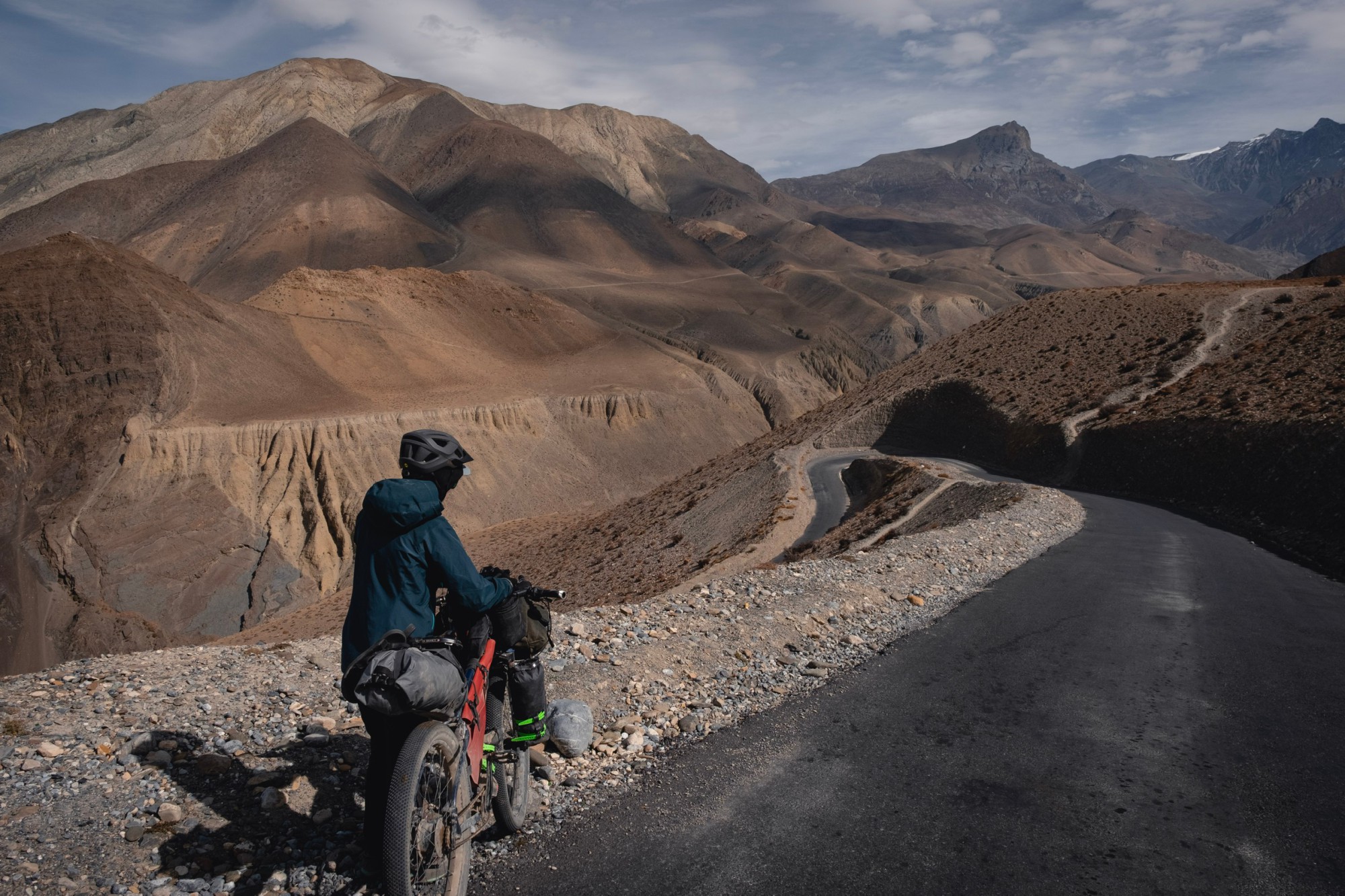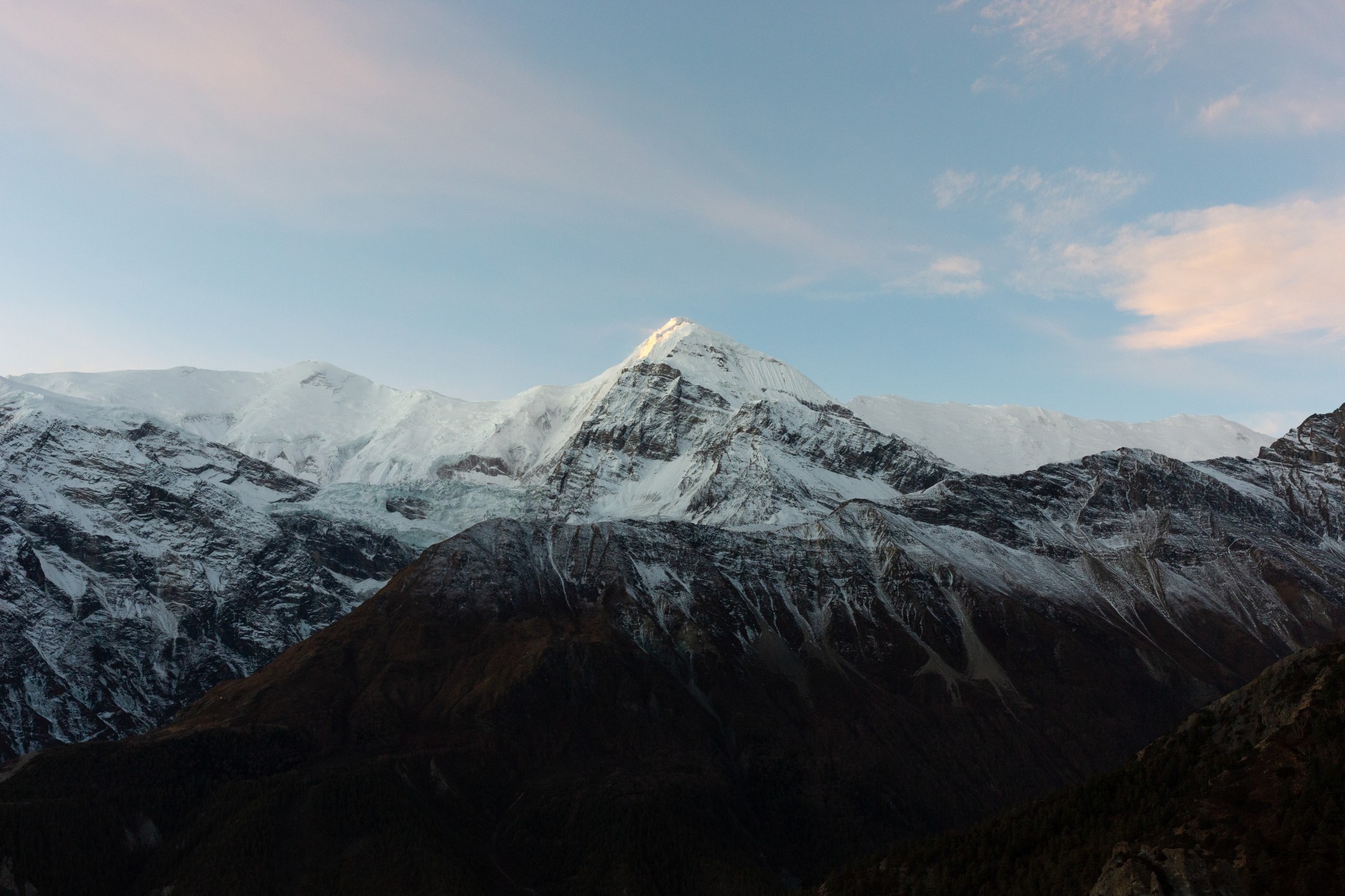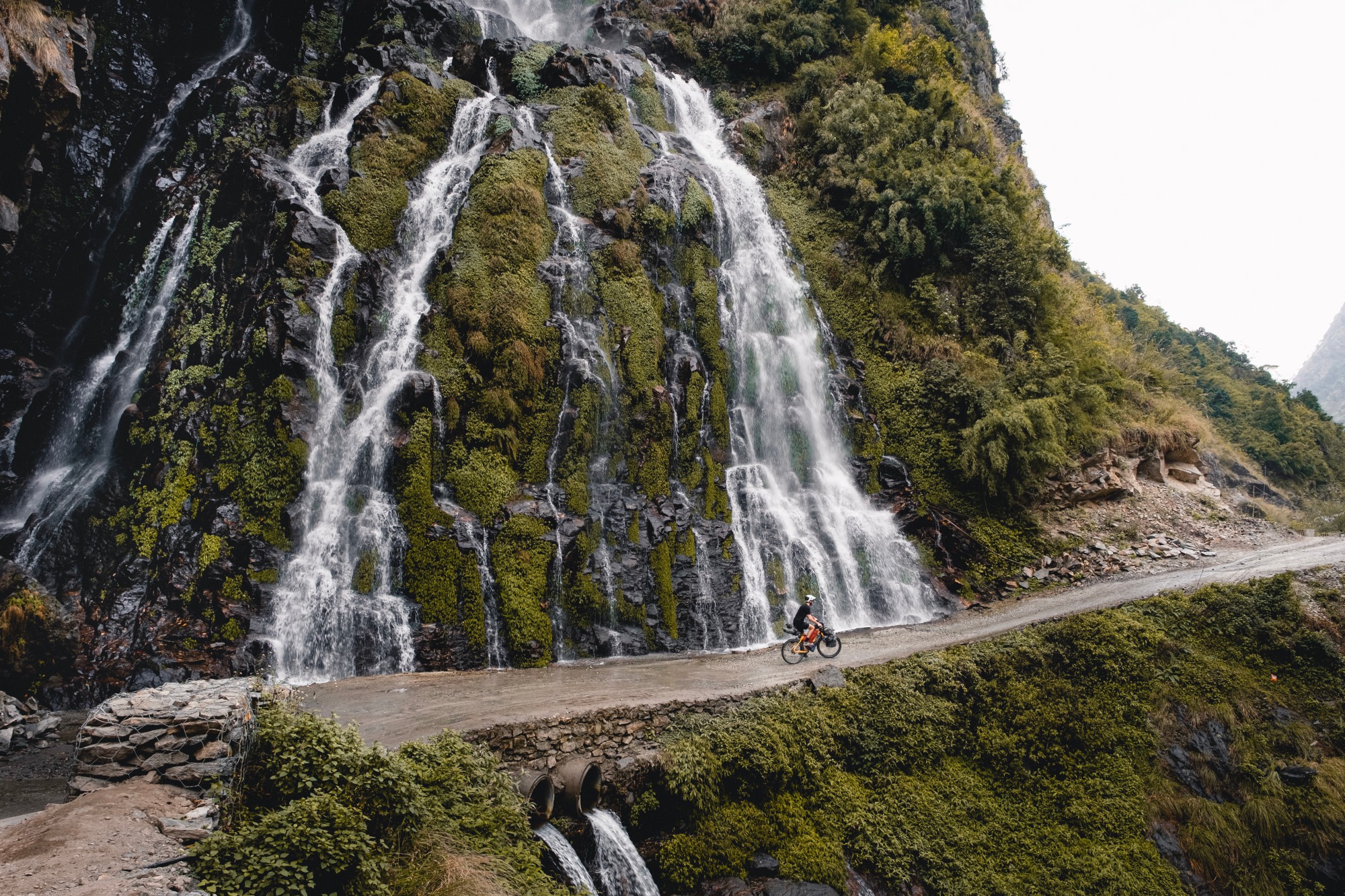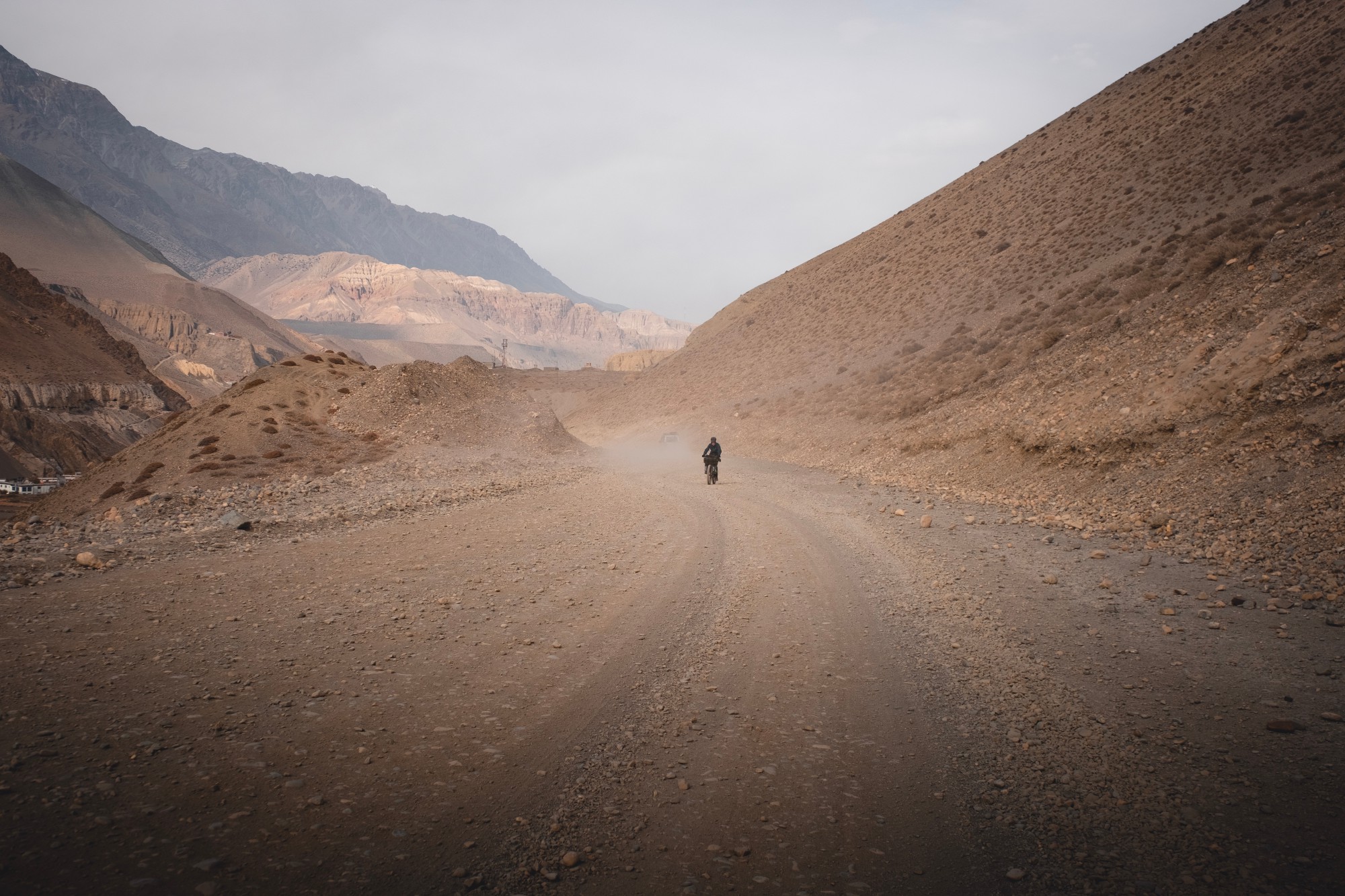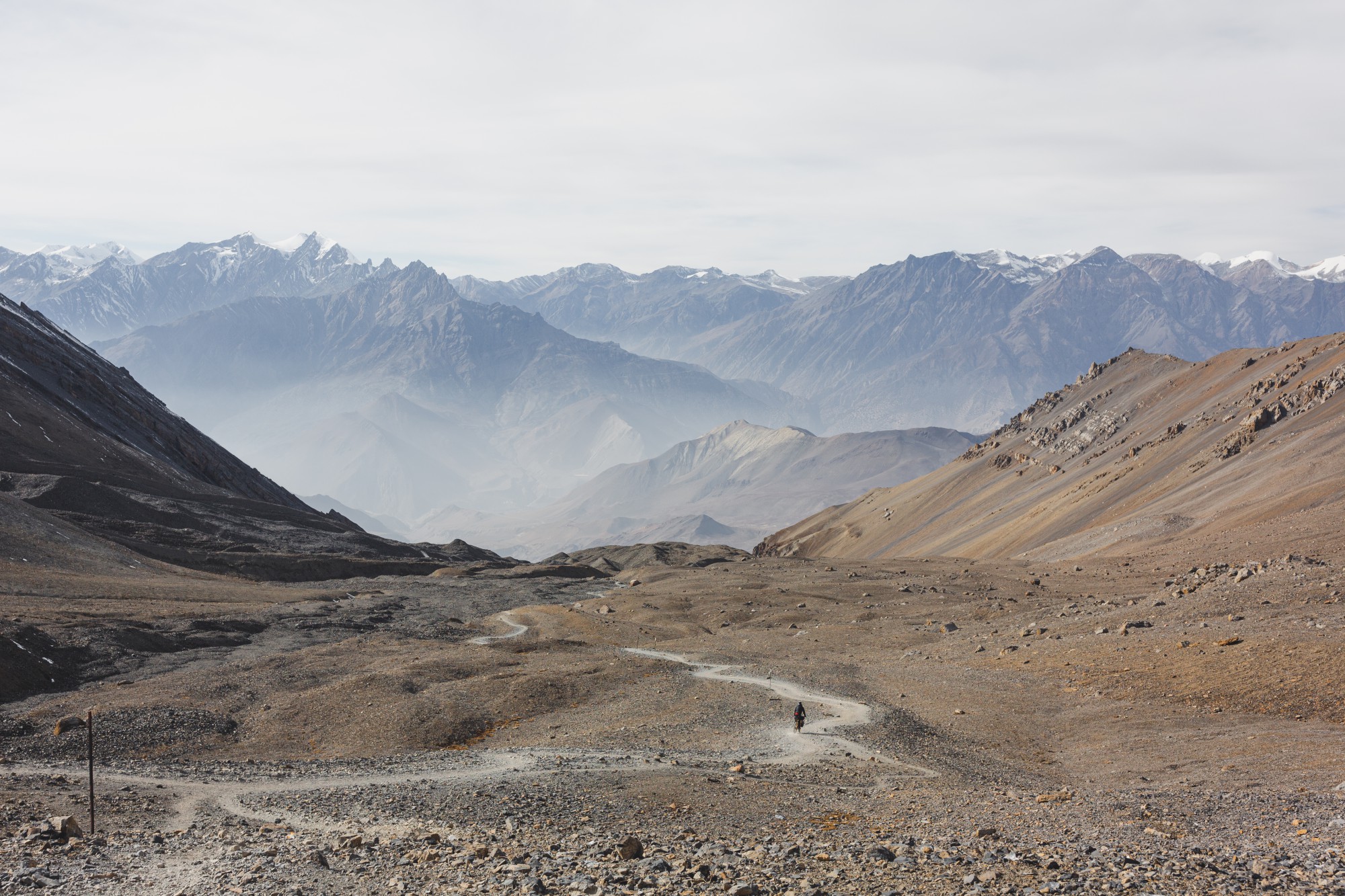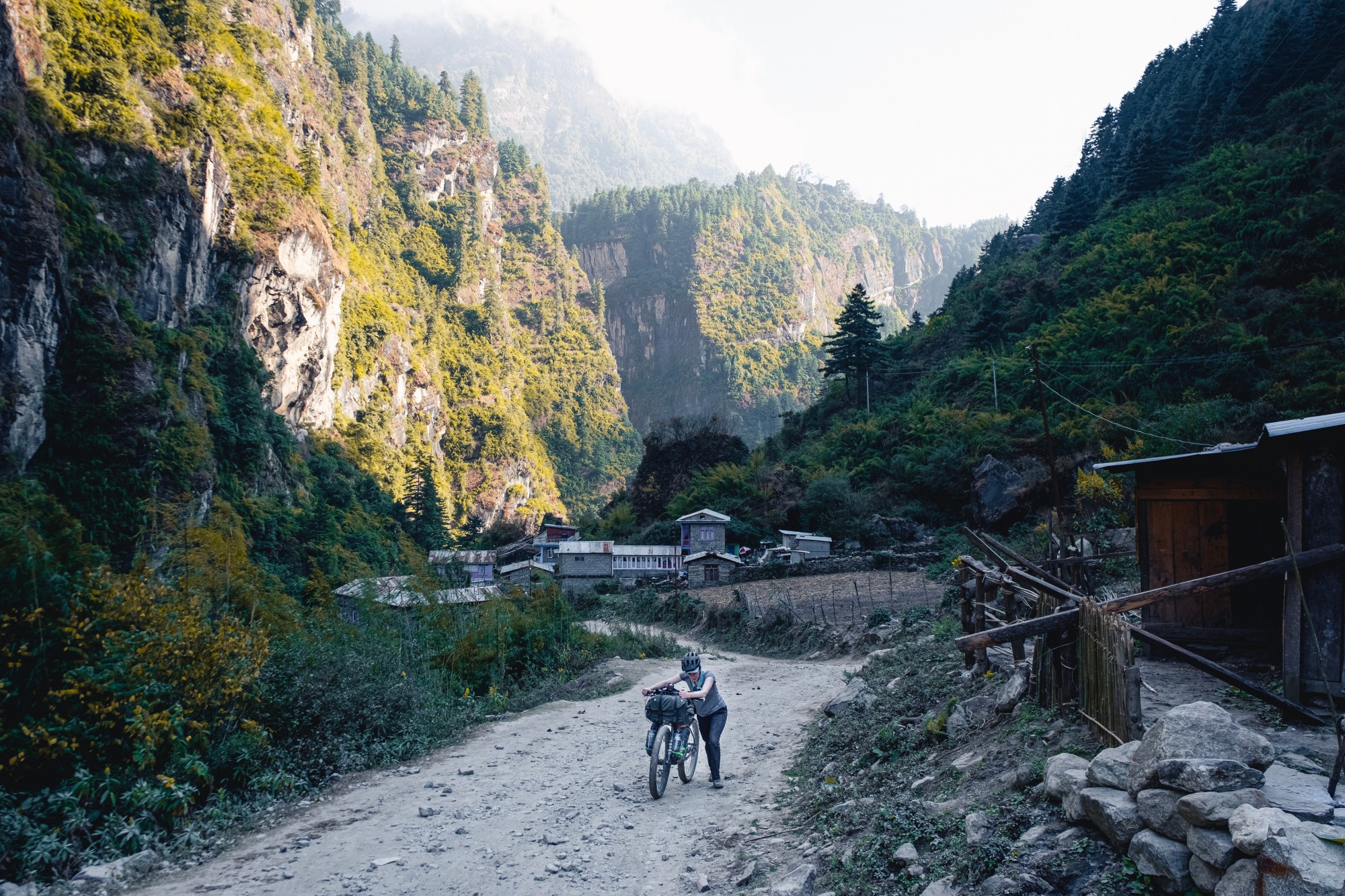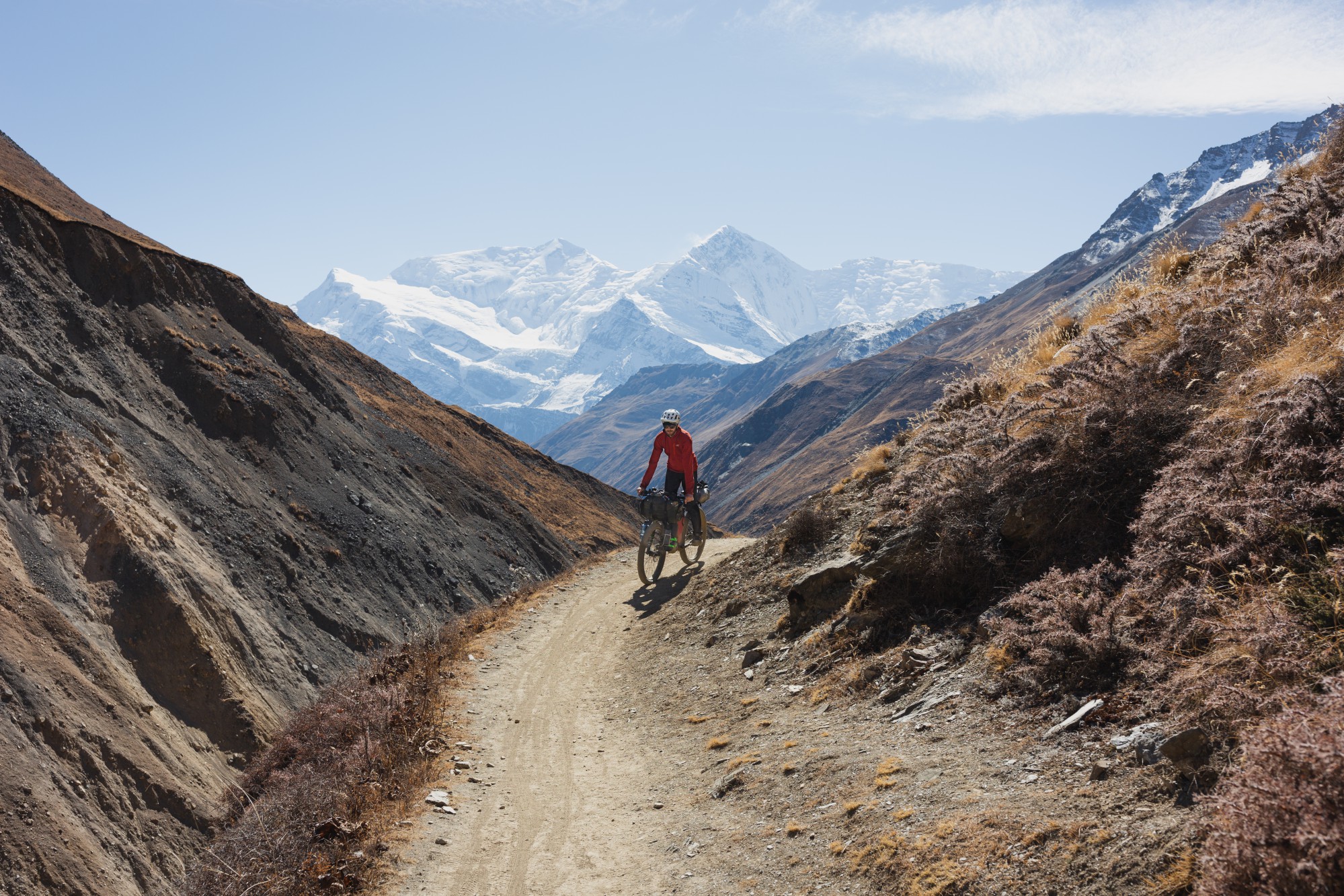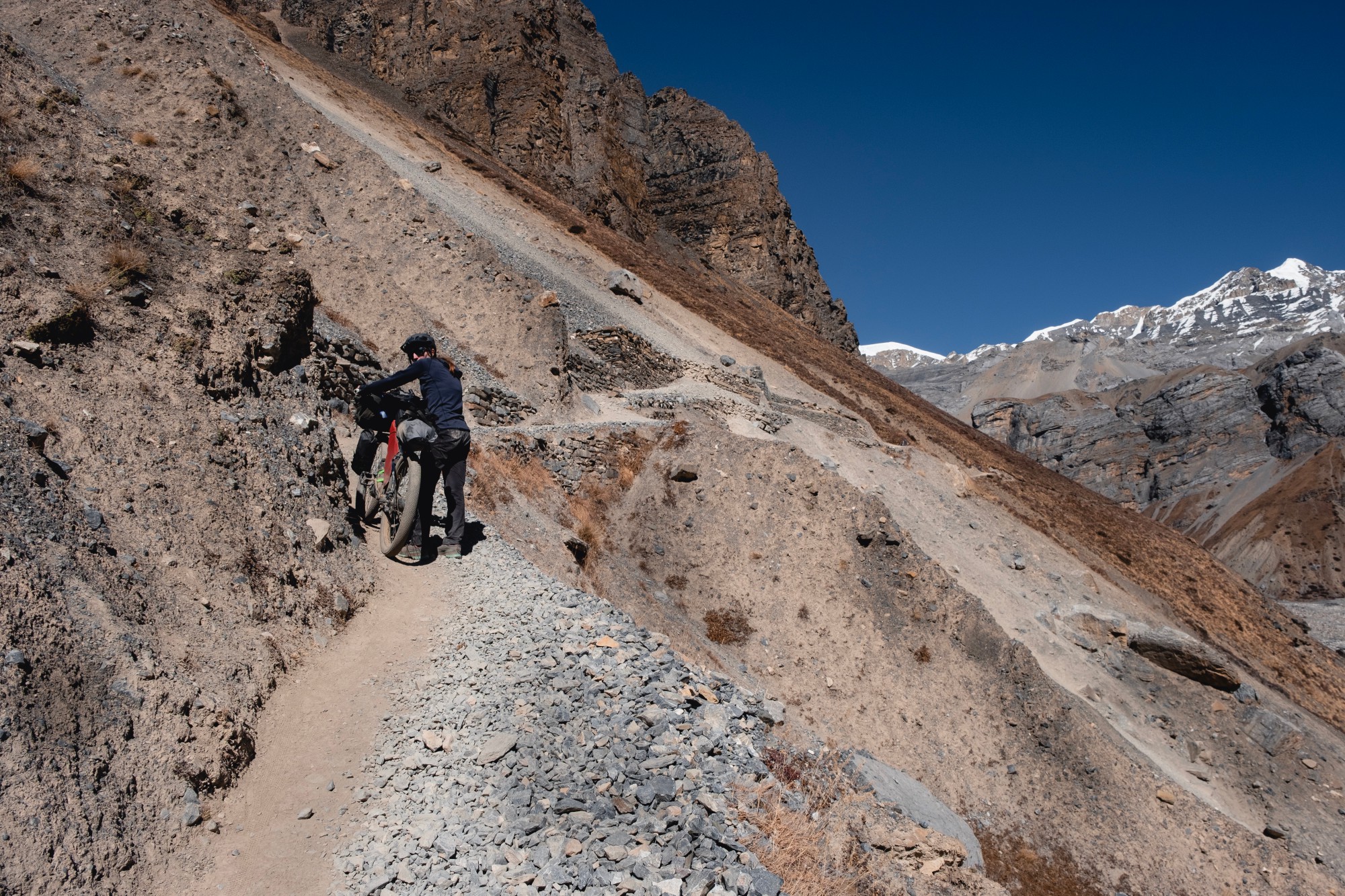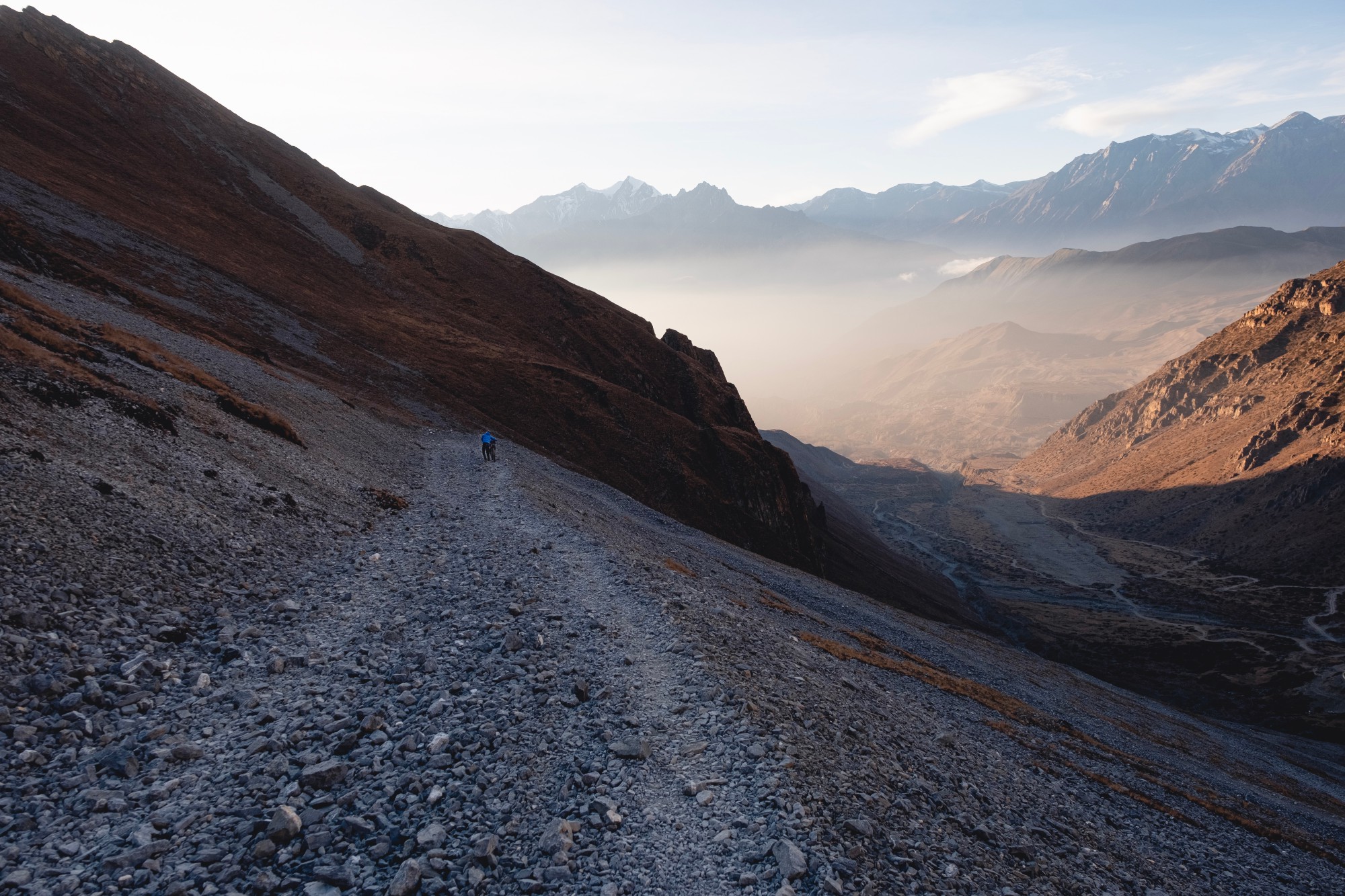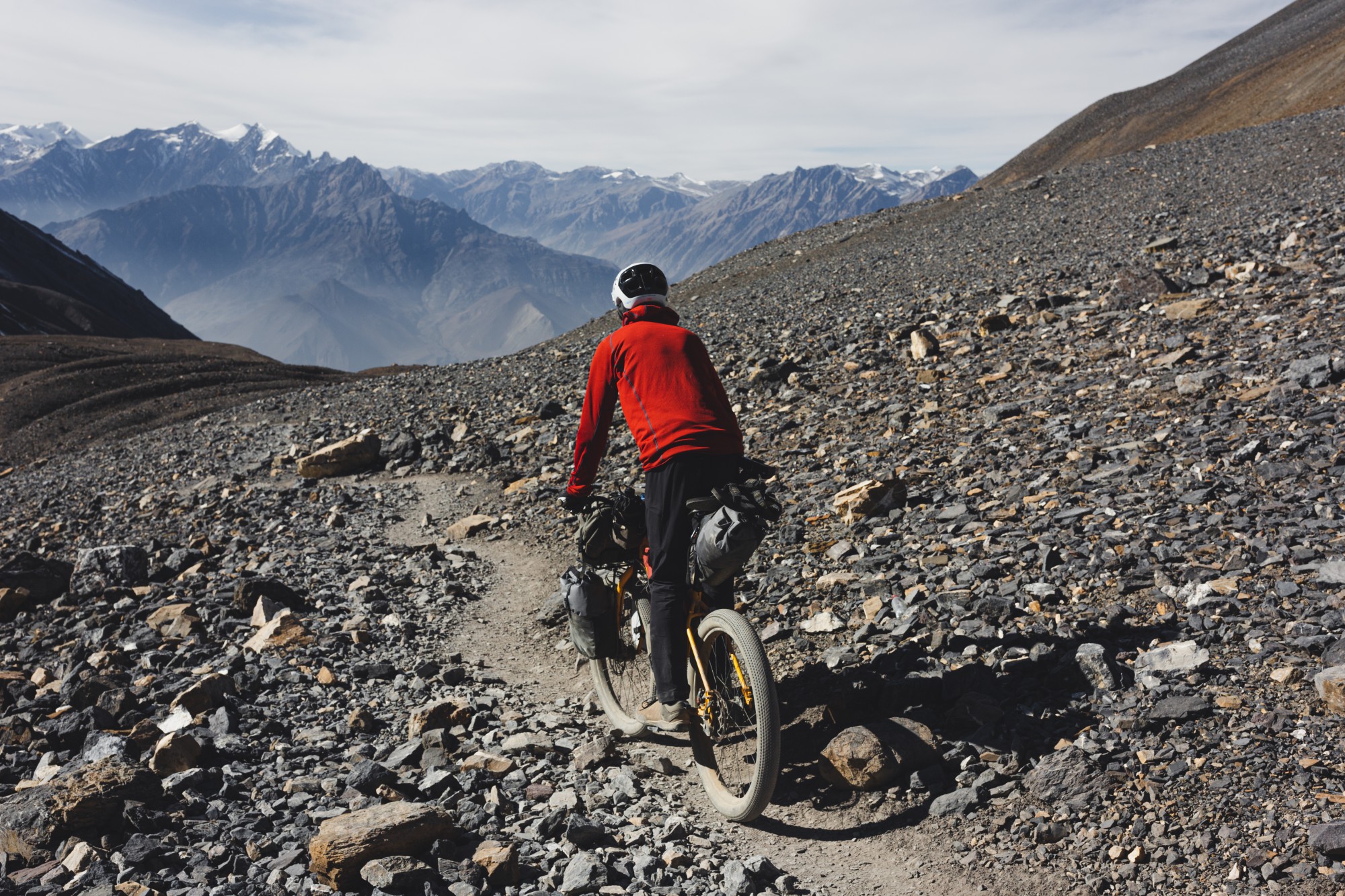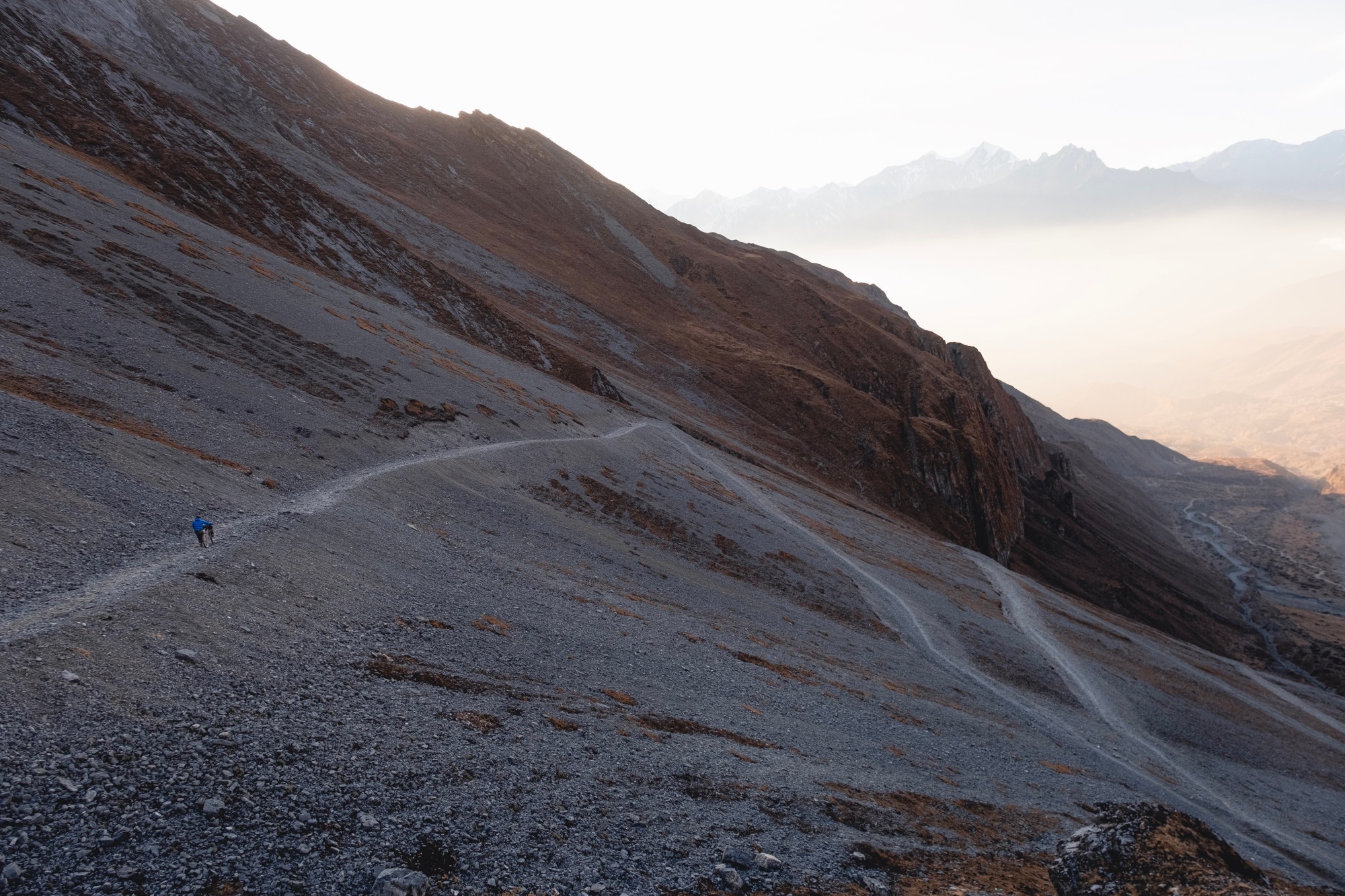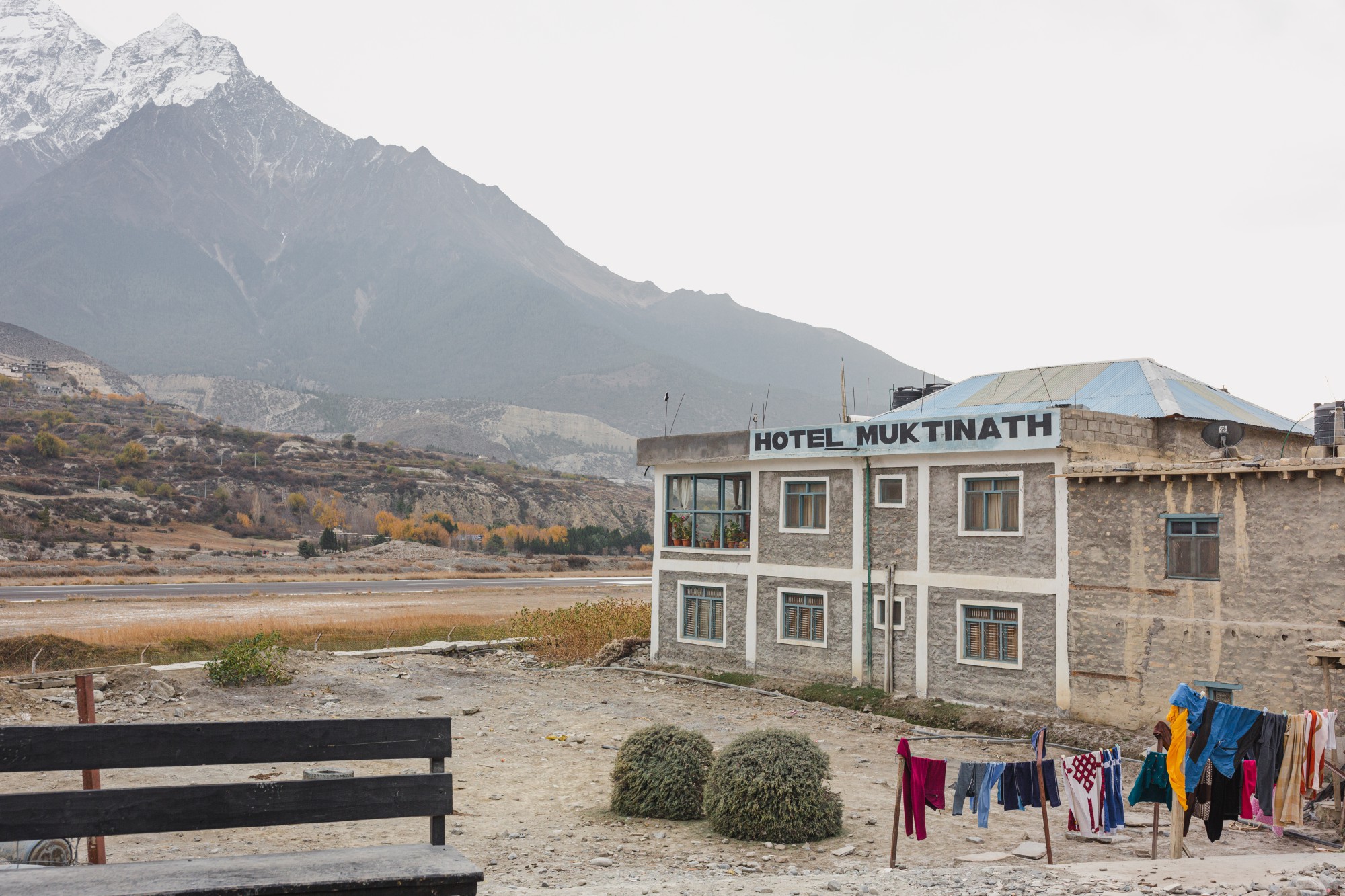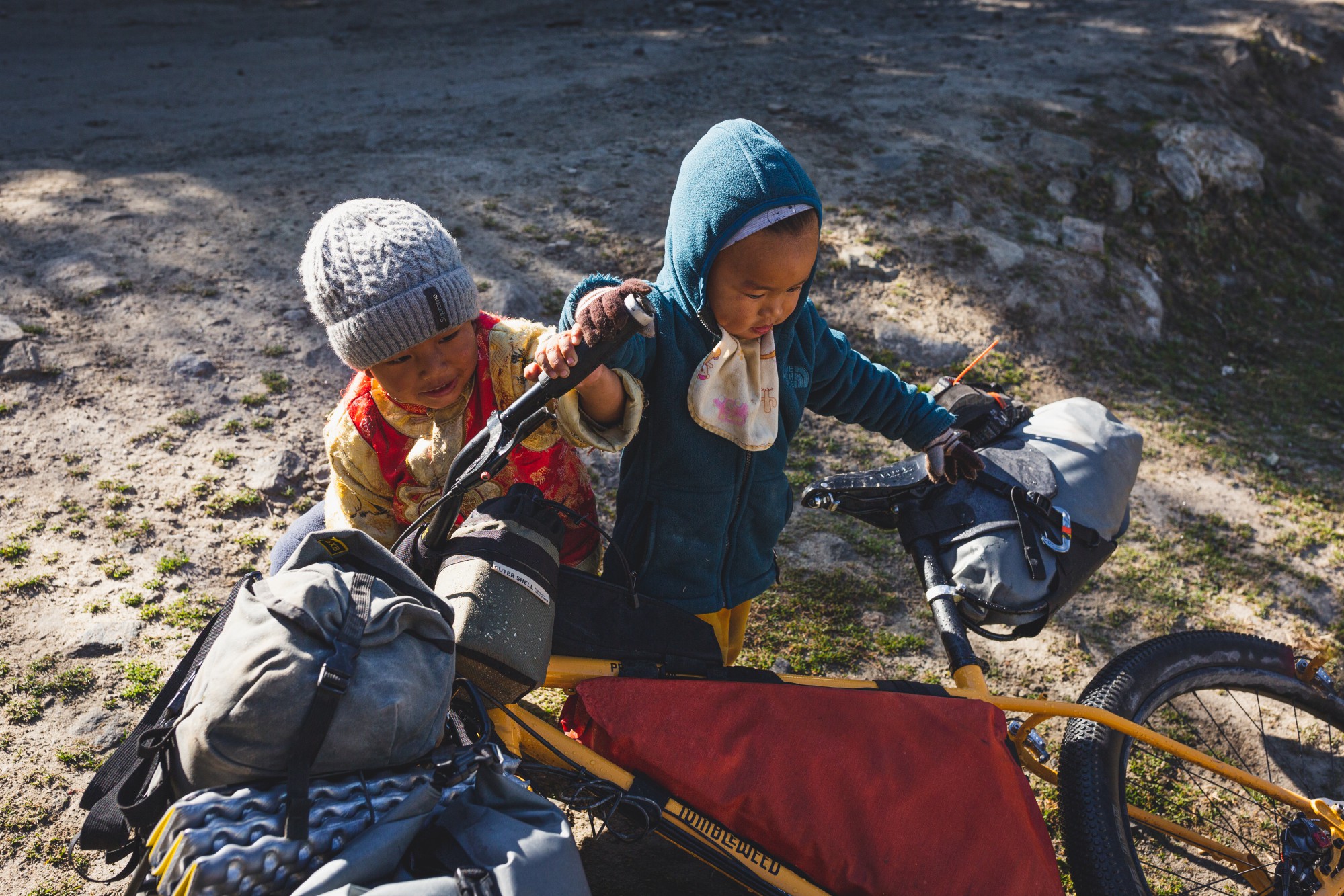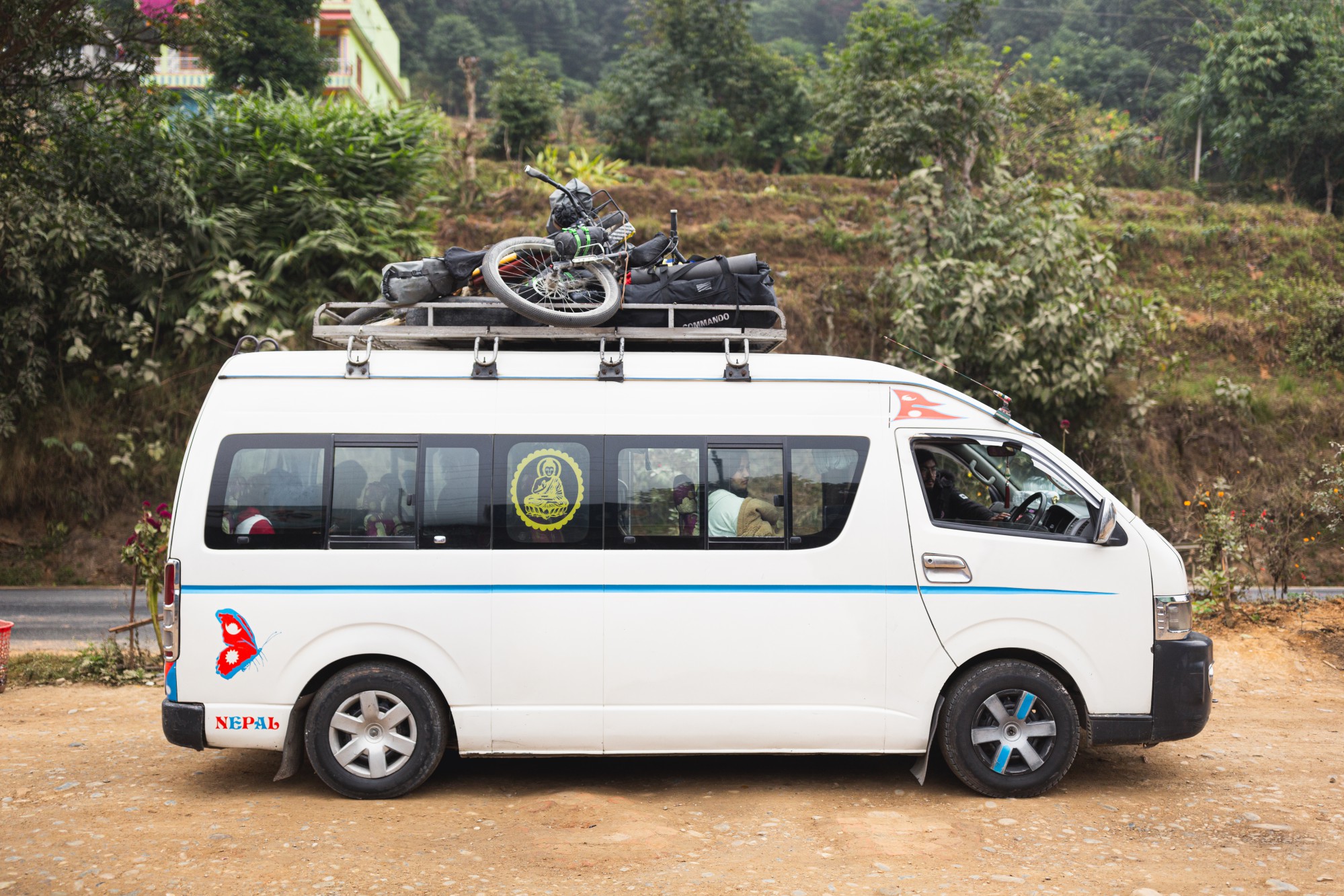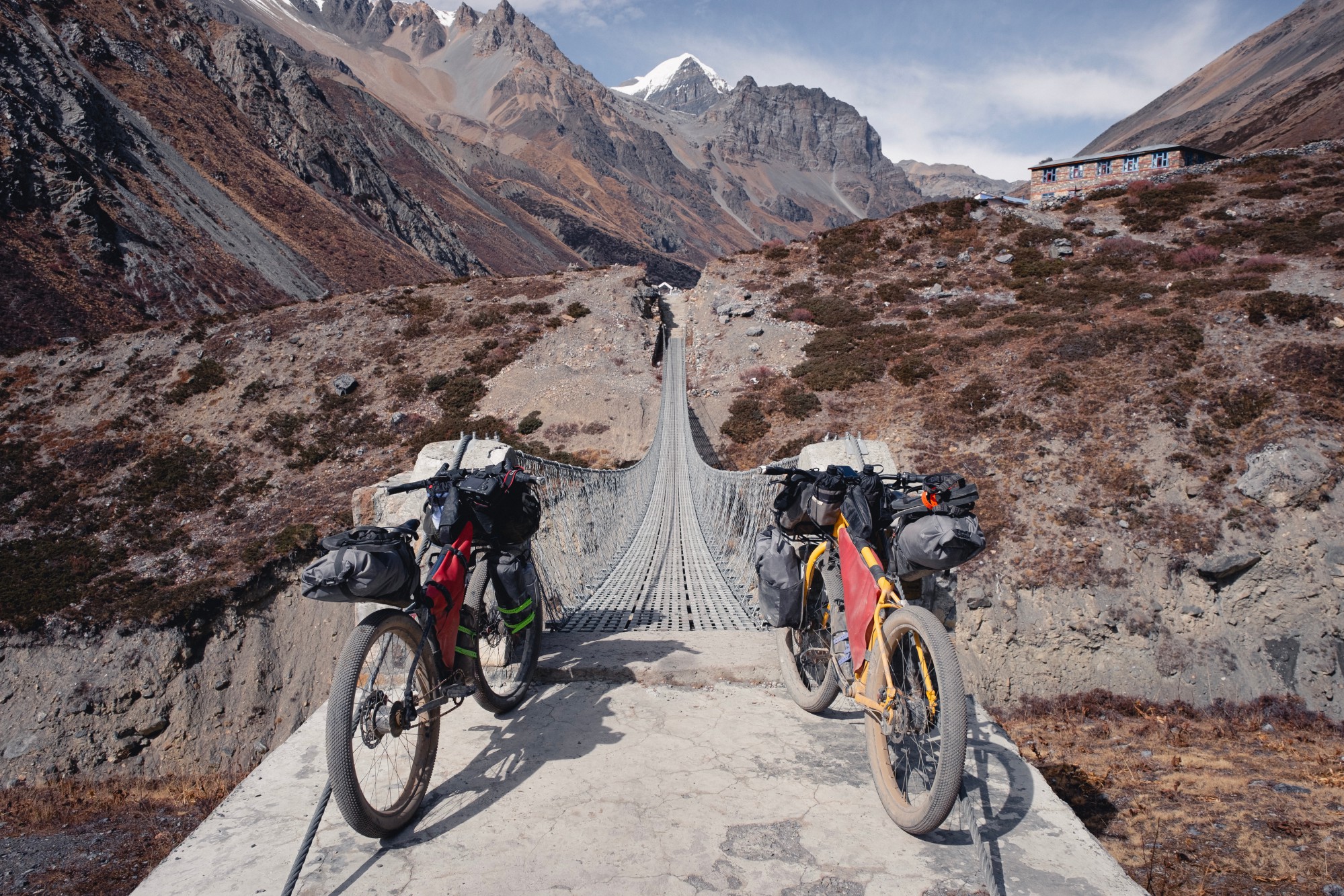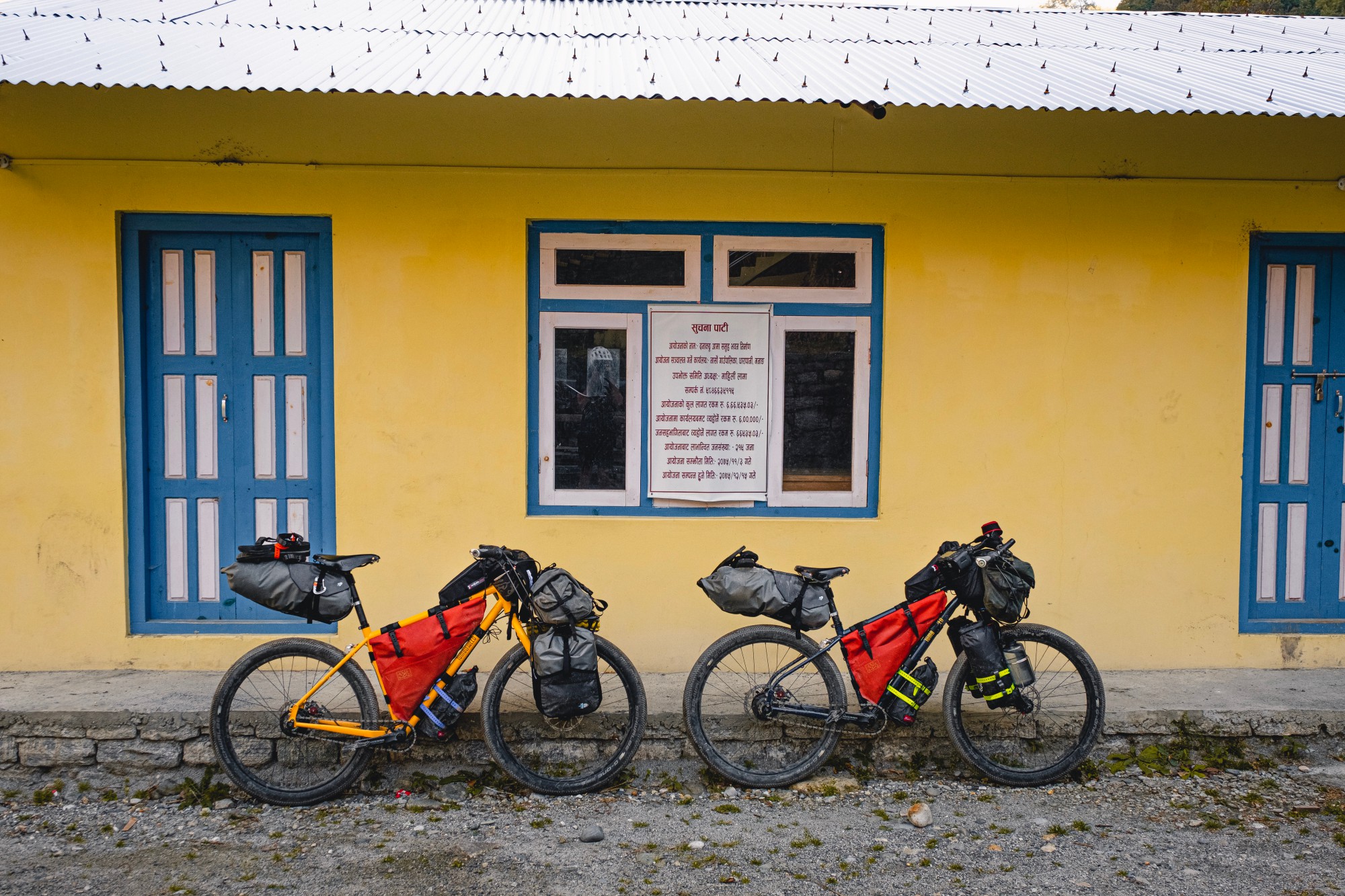Chris Stubel is an engineer based in Seattle (Washington). A positive person that combines the good habit of doing fun things with his passions for cycling, climbing, or taking cool shots with his camera.
The fixed gear scene had a crazy impact on the cycling world a few years ago and Chris was one of those guys who had a crush with no-brakes bikes during college. As it happened to many people, the next step was road cycling. He soon got into road and cyclocross competitions, where he raced for a few years when he lived in Atlanta (Georgia).
When Chris moved to Seattle a few years ago, he focused on gravel rides, camping, and bikepacking trips. So, cycling became a way to explore and travel for him.
He got into photography about two years ago when he was traveling the west coast of the United States taking pictures of the most iconic and scenic spots. Often, learning is a path that follows no rules.
Nepal and the Annapurna Circuit
Nepal, located in the Himalayan region, is probably one of the most famous spots in the world for people who love high altitude trekking and mountaineering, as 8 out of the 14 peaks of 8.000 m are located in this country.
The Annapurna Circuit is one of the most renowned trekking routes, and it stands out for the variety of landscapes, from the more rural Nepal of the lower part full of rice fields and small villages to the spectacular glacial landscapes in the surroundings of towns like Manang or Tukuche. Chris, with his partner in crime Jess, decided to go on a bikepacking adventure following a cycling route parallel to the original hiking one.
The idea to cycle the Annapurna Circuit (primarily a trekking route) was born from a few trip reports my girlfriend Jess and I had seen online. In 2005, a 4×4 road was built parallel to the trail for the first and last thirds of the circuit to improve access for locals and increase the capacity for tourism. This opened the possibility of cycling it so we decided to build up bikes and turn it into a bikepacking route. We got our first taste of how difficult this route was going to be on bicycles from day one. The gravel roads in Nepal are very rough, unlike anything I’ve ever experienced. The gradients are extremely steep and there are lots of massive rocks hidden in the ground.
A tour at high altitude
The total circuit, from Besisahar to Beni, took around 20 days. During the first 8 days, Chris and Jess completed the third part of their trip, starting from Besisahar dealing with hours of bus transfers, a dark ride with difficult light conditions and the hot and dusty hard-packed gravel roads populated by huge trucks.
Despite being tough, the scenery was beautiful. The trail and road go through a valley carved out by the Marsyangdi River. Along the way there are dozens of guesthouses, offering hot meals and beds. A room costs $2 USD on average, provided you also eat your meals at the lodge. The typical breakfast is banana porridge and dinners are mainly Dal Bhat, a Nepalese meal which consists of rice, tarkari, and dal (lentil soup).
After Manang, there is no road, only trail. They found along the way rideable parts and parts where bike carrying/pushing was mandatory because of the difficulty of the tiny trails and all the hikers and mules they found on their path.
For the next few days, we slowly passed from town to town, crossing many of the famous suspension bridges along the way. Many of the hikers were moving faster than us at this point! We made it to the base camp Thorong Phedi (4.500 m) and we spent a whole day moving to High Camp (4.800 m).
Thorong La pass
The highest point of the circuit and probably one of the highlights of the trip is crossing the Thorong La pass at 5.400 m and then doing a 1.200 m descent to the next town of Muktinath. Summiting this pass is a very tough feat and once on the other side, it does not get easier. The downhill is very hard and the path is tricky.
Thorong La pass was the biggest challenge of the trip. The elevation alone at 5.419 m makes it incredibly challenging for most people but pushing bikes up the trail really increases the level of difficulty. We traveled much slower than the trekkers during those parts. It would take them 2-3 hours to gain 300 m elevation but would take us 5-6 hours.
When we finally got to the pass we were the only ones there, which was really special because usually there are many people there taking pictures. Unfortunately, we couldn’t stay long as it was really late in the day and it was imperative to descend before nightfall. Also to our dismay, we had expected to be able to ride the descent but it turned out to be too steep and dangerous. We had to walk our bikes down almost 1.200 m of elevation to the next town of Chambar Bhir. The sunset was extremely beautiful but I knew that at this elevation the temperatures would drop to dangerous levels. We had to move as quickly as possible while avoiding twisting an ankle or injuring ourselves on the incredibly rocky road. It’s hard to tell from the distance but the surface was so rough that even our 2.8-inch tires could not handle it.
Looking back it was a huge achievement. It’s the highest elevation either of us has ever been at, especially with bikes. Many times we had to work together to carry the bikes one by one so we covered much more than the usual elevation. We pushed each other through one of the biggest challenges of our lives and did what many people thought was impossible.
After the Thorong La pass a network of dry dusty roads that follow the Kali Gandaki Gorge, the deepest gorge in the world, leads you to a paved section built for the monks that wanted to reach the monasteries from Muktinath to Kagbeni. The last 7 days were downhill to reach the city of Beni.
Nepalese people and anecdotes
The Nepalese people are extremely hospitable, honest, kind, and hard-working. Most of the people that travel to Nepal report that it is a cultural thing, a different way of life that shows all the spirituality of the people that live in those dreamy villages and valleys, lots of kilometers away from modern civilization. Here, Chris and Jess tell us a few anecdotes: a lost camera, local beers, conversations, typical food, breathtaking sunsets, places, and people that they will never forget.
On one day of the trip, I left my bike and camera on the floor to help carry our bikes up some stairs one at a time. I was so exhausted that, when I returned to get my bike, I forgot to take the camera! Several hours later I realized. I raced back to the spot I left it but it was gone. I went to the nearest hotel to see if anyone had seen it and to my relief, it was there! A local had found it and given it to the hotel owner who kept it safe for me. I was so relieved that I bought the owner and the local several rounds of Namaste (a local beer of Nepal).
Our favorite times were seeing the yaks! At one of the shops, there was a man selling yak bells. Jess bought one and the man spent ten minutes tying it to the bike to make it ring just right. While riding down the trail it rang so loudly that local guides would jump out of the way because they thought a yak was charging them! We took it off after that.
Jess’s favorite food was Yak cheese that tastes similar to Parmesan cheese. My favorite was Dal Bhat. Dal Bhat always includes unlimited refills and they don’t stop pouring food on your plate until you beg them to stop. From what we saw it’s the only thing the porters and guides ate. Their motto was “Dal Bhat power, 24 hours!”
Another highlight was spending a day riding the Lubra Pass mountain bike trail near Jomsom. This black diamond trail is probably the best mountain bike trail in all of Nepal. We stripped the touring gear off the bikes and spent the day riding on ridgeline trails and didn’t encounter a single person.
Our favorite town that we stayed in was named Gunsang. Due to its close proximity to the previous town, Manang, most trekkers skip it. But since there are stairs in between them it took us a very long time so we had to stay in Gunsang. This turned out to be a blessing because the town had an incredible view of the Gangapurna and Annapurna III mountains and we witnessed a spectacular sunset with an entire guest house to ourselves.
Material for the trip
Chris and Jess learned a lot from this trip and experience. Below you will find the material they used and some suggestions in case you might consider going bikepacking.
Bicycle setup
Tumbleweed Prospector V2 with a Pass and Stow front rack, it’s an expedition frame built around a Rohloff Speedhub. The wheels are 27.5″ with 2.8″ Schwalbe G-ONE Allround tires. Bags were a mix of Porcelain Rocket, Revelate Designs, and Bags by Bird.
Photography setup
For my photo setup, I use the mirrorless Fujifilm X System. On this trip, I brought one lens, a 24-70mm (35 mm equivalent) f/2.8. I used a Peak Design strap to keep the camera quickly accessible. I simply set the strap to the shortest setting and hung it around my waist, using the quick disconnects on the strap to release it.
Recommendations
Travel as light as possible and have a low gear range. Bring a tough bike. The roads in Nepal are very rough, much more so than typical dirt or gravel roads in other countries. By the way, anyone attempting this should be prepared for a lot of bike pushing. One final note, bring a water filter and iodine tablets to purify water and avoid buying plastic bottles of water.



